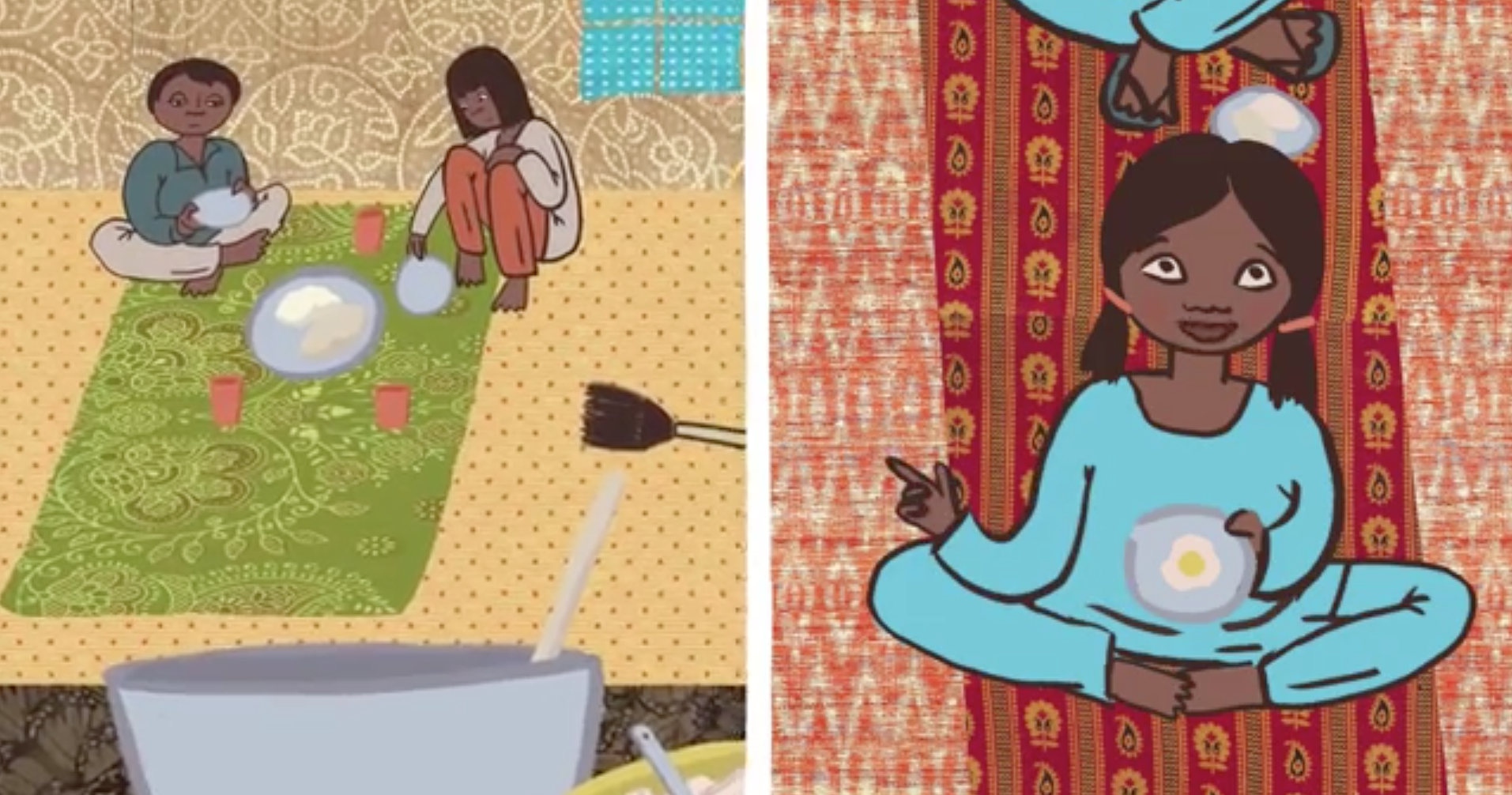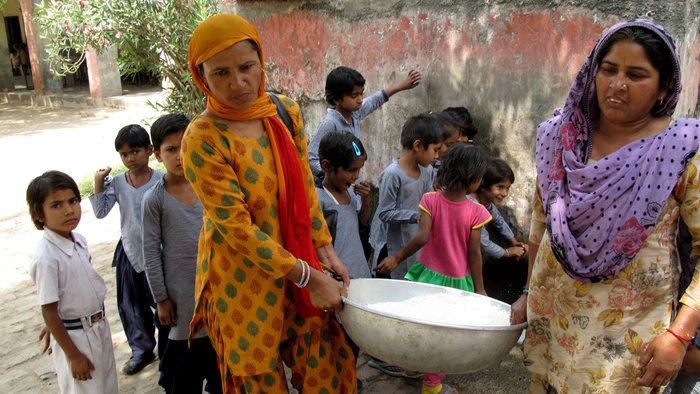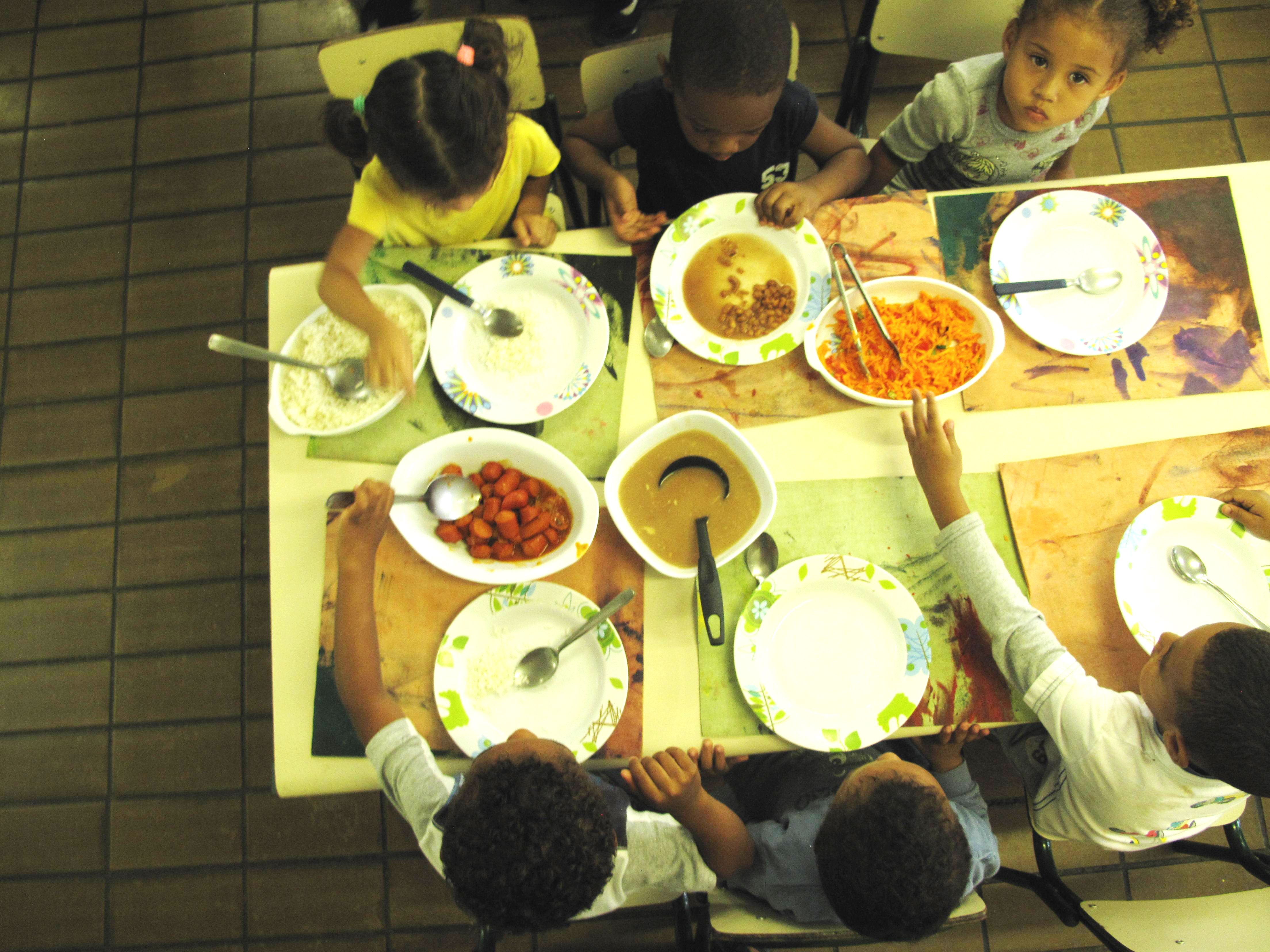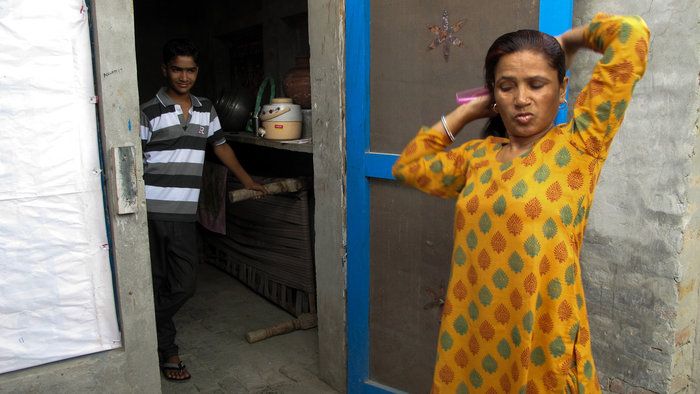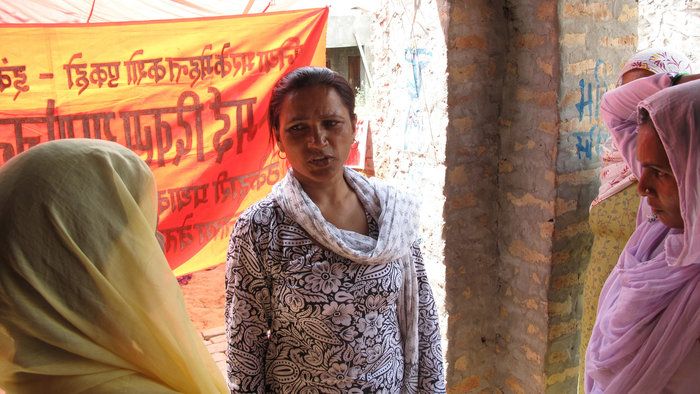Objective:
Students will be able to analyze how an author structures coverage of school lunch programs in order to compare to their own program and write a persuasive letter
Warm-up:
1. Discuss: What are your favorite school-provided lunches?
2. Brainstorm: Where does the food for your school lunches come from?
- Pick one food and track it all the way back to its most original state. (ex: If you pick carrots, think of all the steps between the carrots being in the ground and then on your plate)
- Draft a quick map illustrating all of the stops on that food’s journey.
3. Take a vote: Who likes having school lunch? Who dislikes it?
-
Consider: What are the benefits of having the school-provided lunch at schools? What are the drawbacks/challenges?
4. Imagine you were going to write a letter to the school board that is for or against continuing your school’s lunch program. Identify what your position would be. Work with a partner to brainstorm what details you would include in your story.
-
(Ex: If you think the lunch program should be improved, what examples will you give to convince the school board to improve the program?) Be prepared to share with the class.
Introducing the Lesson:
This lesson explores the benefits and challenges of school lunch programs in India and Brazil.
As you read, you will also analyze the structure of each article to determine the author’s purpose and how that purpose was achieved.
Introducing Resource 1: “Brazil’s School Meal Program Helps Support Family Farmers”
1. Before reading, use the title and pictures to predict what the article will be about. Consider the following:
-
What do you predict will be the author’s purpose for writing this article?
2. Read the article and answer the accompanying questions.
3. As you read, consider the following:
- What do you think is the author’s purpose for this article?
- How did the author structure the story to achieve her purpose?
- Why do you think the author chose this medium (article) for this article?
Introducing Resource 2: “Power Lunch: India’ Mid-Day Meal Program”
1. Before watching, use the title and image to predict what the animation will be about and what you think its purpose will be?
2. Watch the animation and answer the accompanying questions.
3. As you watch, consider the following:
- What do you think is the author’s purpose for this article?
- Who do you think is the author’s intended audience?
- How did the author structure the story to achieve her purpose?
- Why do you think the author chose this medium (animation) for this article?
(Optional) Introducing Resource 3: “School-Lunch Program Provides Unexpected Benefits For Rural Indian Women”
1. Before reading and listening, use the title to predict what the article will be about. Consider the following:
- What do you think will be the author’s purpose for writing this article?
- How does the author’s purpose differ from the previous animation, which also covered India’s meal program?
2. Read the article and answer the accompanying questions.
3. As you read, consider the following:
- What do you think is the author’s purpose for this article?
- How did the author structure the story to achieve her purpose?
- Why do you think the author chose this medium (podcast) for this article?
Discussion of all three articles:
1. Share your responses to the questions and analyze how the author used language to achieve different aims.
2. As a class, discuss the similarities and differences between the lunch programs in India and Brazil.
3. With a partner, make a list of ways that these programs are alike and different from the lunch program in your community.
Extension Activities:
Option 1: Create a presentation that explains your school’s lunch program to students from another country:
As you prepare your presentation, consider the following:
- What do you want other countries to know about your school’s lunch program? What are the benefits and challenges?
- What will be the purpose for your resource? (To objectively inform? To convince them it is a good idea?)
- How will you structure the piece to help achieve that purpose? What medium will you use?
Option 2: Write persuasive and informative letters to your principal
1. Practice summarizing what you learned about Brazil and India’s lunch programs by writing short summaries of each program for your principal. The purpose of these summaries to objectively inform your principal about both projects.
2. Now write a letter to your principal that persuades him/her/them to adopt one element of Brazil or India’s program. Consider the following:
- How will you structure this letter differently from the summary? What details will be necessary to persuade your principal to adopt this element into your school lunch program?
The following lesson plan and classroom resources ask students to compare their own school lunch programs to programs in Brazil and India using digital resources and reporting by journalist-grantees Rhitu Chatterjee and Mathilde Dratwa. The lesson also asks students to analyze how the authors structure their stories to achieve a specific purpose. They will apply this analysis to an extension project where they practice objective summaries and persuasive writing.
CCSS.ELA-LITERACY.RI.8.2
Determine a central idea of a text and analyze its development over the course of the text, including its relationship to supporting ideas; provide an objective summary of the text.
CCSS.ELA-LITERACY.RI.8.6
Determine an author’s point of view or purpose in a text and analyze how the author acknowledges and responds to conflicting evidence or viewpoints.
Lesson facilitation notes:
1. The lesson plan is written for students to be able to explore the resources and reflection exercises independently.
2. Students may need to have an extra sheet of paper, or a blank online document open, to answer the warm up, comprehension and extension questions.
3. The lesson lists several extension exercises. Students could choose one or work through all of the listed exercises.
4. The warm up and post-reading reflections in this lesson could also lead to rich conversations. You may want to work through the lesson along with the students and denote moments for interactive activities.
5. This lesson can be sent to students electronically by clicking "share" once it is published. From the electronic lessons, students can access the Pulitzer Center reporting by clicking on the links under "Resources". When printing the lesson, the text from the resources will print after the student instructions.
6. With questions about this lesson, contact [email protected]

